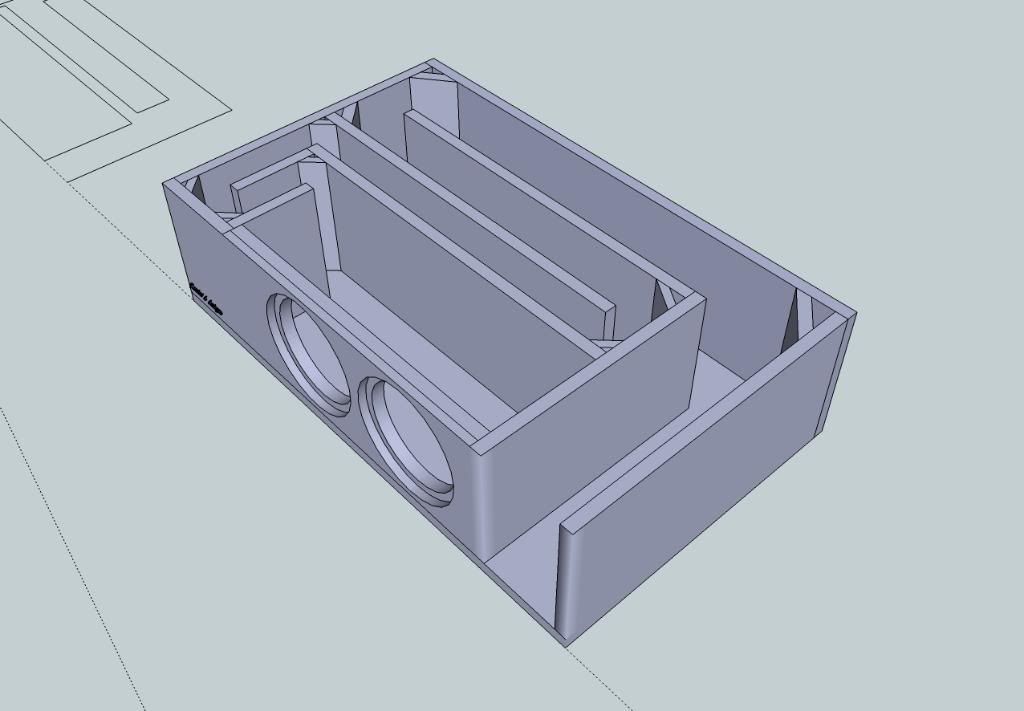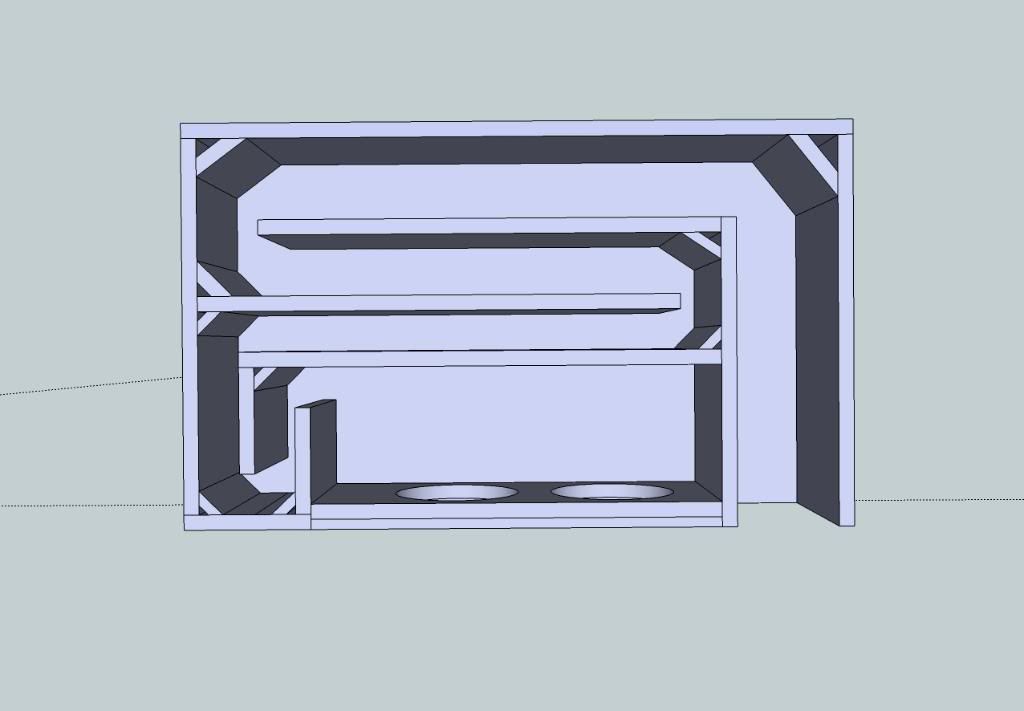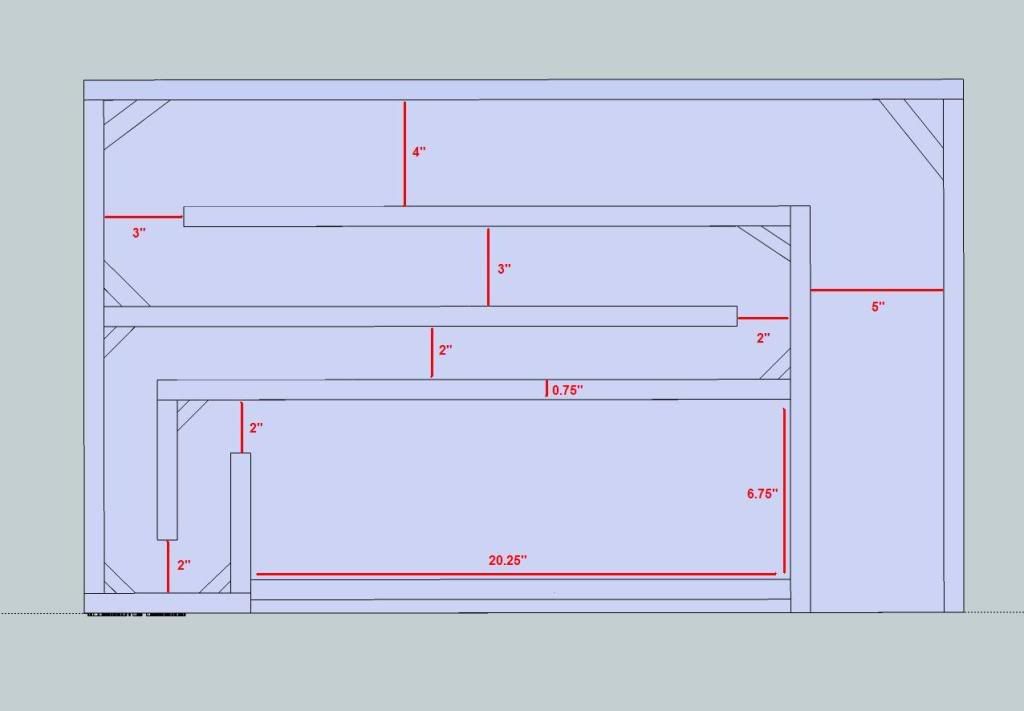Greets!
OK, since you're experienced you know that a vent has an end correction and since a vent pipe is a small
open pipe (1/2 WL) resonator it has an end correction at both ends that makes its acoustic length a bit longer than its physical length.
If we cap it off at one end to make a
closed pipe (1/4 WL) resonator (aka TL) it only has one end correction, so from this we see that if we make the pipe a 1/4 WL long of 30 Hz it will be tuned a bit low, especially once damped since this further shortens it for the same reason that stuffing a sealed or vented cab increases its effective net Vb, lowering box Q. Expanding/contracting TLs (horn/TQWT) are 1/2 WL resonators with a 1/4 WL fundamental, so are
closed cone resonators.
From this we see that once damped, a closed pipe tuned to 'x' Fp can be viewed as a stuffed vented cab tuned to 'x' Fb that's had its vent area increased (hence length) enough for it to morph into a large/long enough TL. So an acceptable performing TL (by TL standards) can be calculated using a basic vented cab design routine for whatever gain BW you choose, then by simply increasing the vent's area until it's a little short of ~1/4WL long of the desired Fb, we now know the TL's width x depth cross sectional area (CSA) and length.
For a more technically oriented, ~all inclusive tutorial and accurate (though not necessarily an overall superior performing) design, use MJK's
Classic TL Alignment Tables Excel SS designer and optimize it if need be using either his MathCad worksheets or AkAbak.
His software can also be used to design/sim mass loaded (vented) variants, i.e. TL (no taper), horn (expanding taper), TQWT (contracting taper), ergo the vented variants, ML-TL, ML-horn, ML-TQWT. Note that some folks don't make these differentiations, lumping them all together as just TLs, so with no dims and/or description you don't know what variant they're referring to.
Then there's the patent applied for tapped variants by Danley Sound Labs which can easily be designed using HornResp's (HR) TH Wizard, i.e. tapped TL (TP), tapped horn (TH), tapped TQWT (TTQWT). These are basically 6th order band-pass (BP) alignments taken to their logical extreme same as the simple reflex/TL conversion, so a basic one can be designed using a 6th order calculator with the same BW Vs efficiency trade-offs to find a good basic design to optimize in HR.
Note that AkAbak can do all these plus much more, so while it has a steep/intimidating learning curve, there's enough samples and a tutorial now on the DIYaudio Subwoofer forum that you can get a useful sim pretty easily. HR's ability to export a design file into it is a big plus.
No, low pass filter chambers aren't used in TLs, though drivers with a small Vas tend to calculate such small CSA pipes that one just large enough to adapt the driver to it is required, so making it a TQWT is a good plan.
Horns are the largest/longest TLs for a given Fp with the TQWT being the smallest/shortest, making the TL the median choice, so which to use is an app driven choice same as choosing a sealed or vented alignment's gain BW.
Not sure what you mean by 'best' side. I mean a properly damped TL will have little/no significant BW output above ~1.414*Fp, so again, whether it's on the front, side, back or bottom is an app driven choice.
GM










